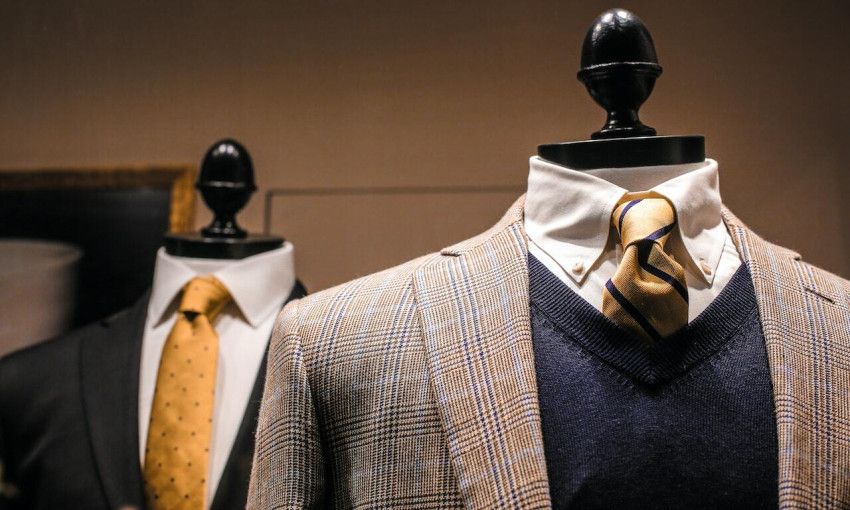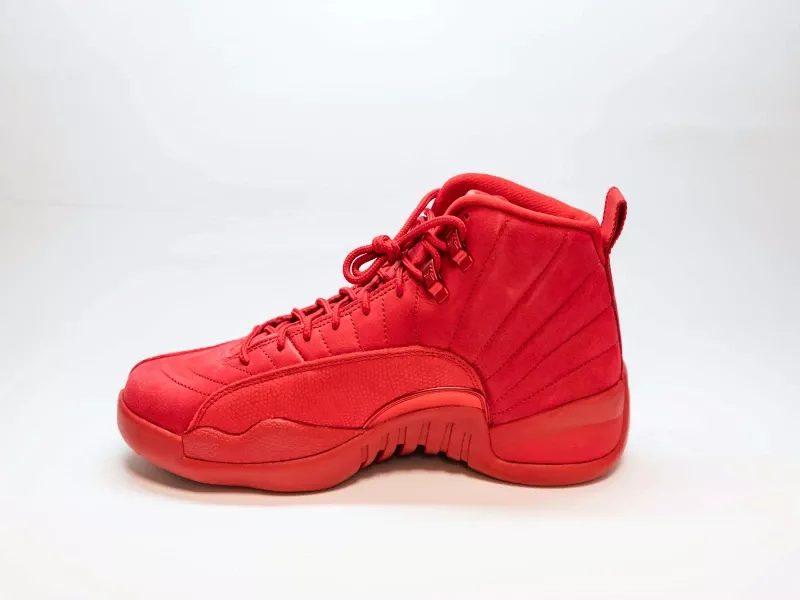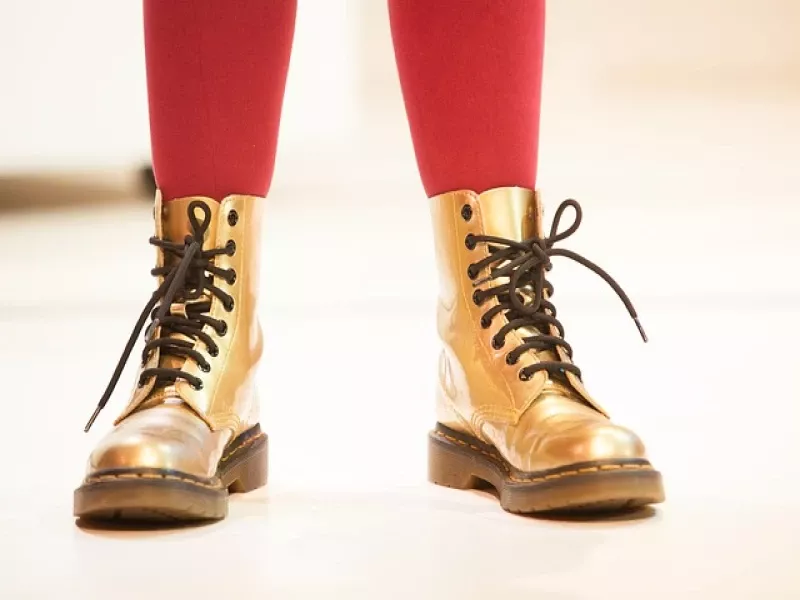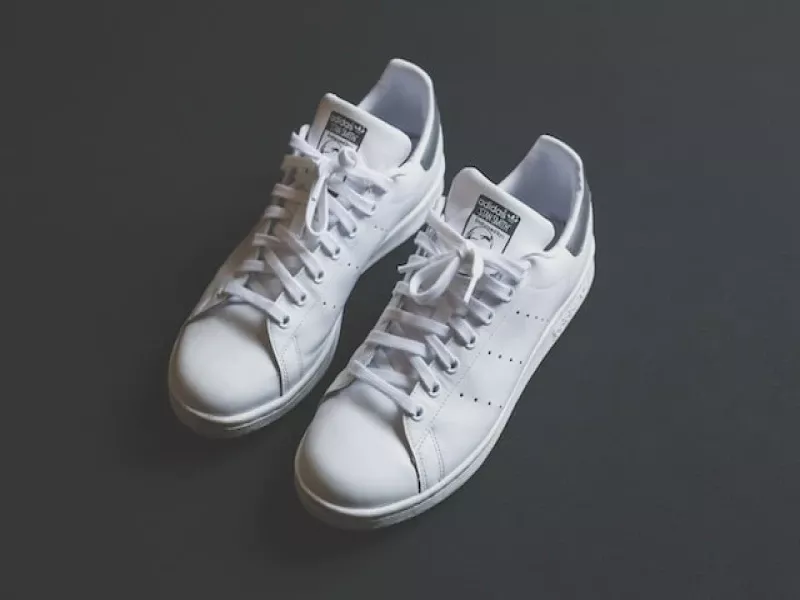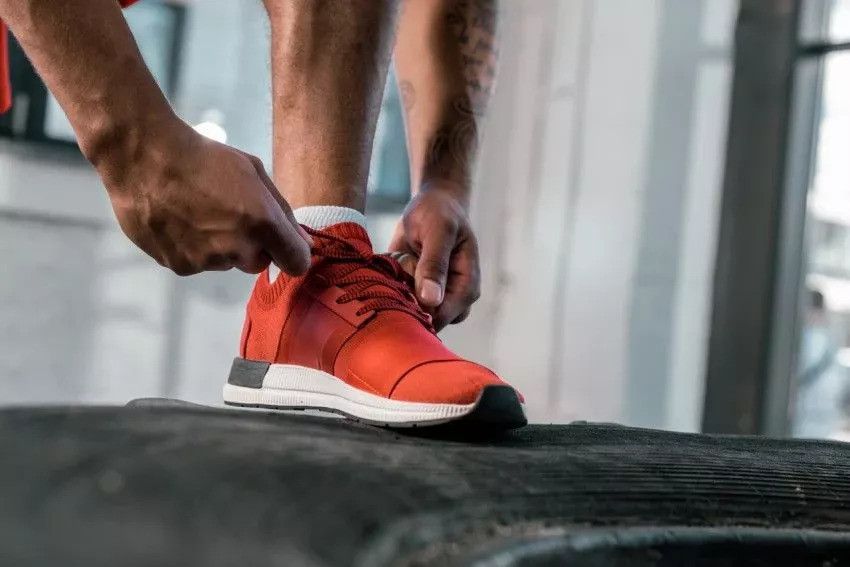
Do running shoes and weight training go together?
The question of whether running shoes are suitable for weight training is a common one. It's understandable - the convenience of having a versatile pair that can do it all is undeniably attractive. However, when it comes to effective and safe workouts, the right choice of footwear plays a pivotal role. Let's explore whether running shoes and weight training can go hand-in-hand.
The Role of Running Shoes
Running shoes are engineered with one primary goal in mind - to protect your feet during running, whether it's on a treadmill or pavement. They are designed to cushion the impact that running generates, typically characterized by a thicker, softer heel to absorb shock. They also often feature support for your arch and are flexible at the forefoot to allow a smooth roll from heel to toe while running.
Additionally, running shoes prioritize breathability, incorporating mesh panels and moisture-wicking materials to keep feet cool and dry. They offer traction for various surfaces and promote proper alignment, reducing the risk of injuries and enhancing overall performance for runners of all levels.
The Requirements for Weight Training Shoes
Weightlifting shoes, on the other hand, have different requirements. They need a solid, flat, and stable base to ensure maximum power transfer and stability during lifts. Weightlifting shoes often have less cushioning to prevent instability, and some even have a raised heel to help athletes achieve a deeper squat position.
Furthermore, weightlifting shoes prioritize a secure fit, with sturdy straps or laces to keep the foot locked in place. They are constructed with durable materials to withstand heavy loads and provide lateral support. The raised heel aids in ankle mobility and allows for proper squat depth, while the rigid sole minimizes energy loss and promotes efficient force transmission. These specialized shoes are designed to optimize performance and enhance safety for weightlifters of all levels.
The Verdict: Running Shoes and Weight Training
It's important to choose the right footwear for each activity to optimize performance and minimize the risk of injury. While running shoes provide excellent cushioning and support for the impact of running, their excessive cushioning and higher heel-to-toe drop can compromise stability and proper lifting mechanics during weight training. The same goes for most sneakers, which are meant to be worn as actual sports shoes.
Weightlifting shoes, on the other hand, offer a solid and stable base, minimizing instability and maximizing power transfer. Their lower cushioning allows for better proprioception and a more direct connection with the ground, enhancing balance and control. The flat sole or raised heel in weightlifting shoes enables lifters to achieve a deeper squat position, engage the correct muscle groups, and maintain proper form throughout their lifts.
By understanding the specific design considerations of each type of shoe and their impact on performance, athletes can make informed choices that support their training goals and minimize the risk of potential injuries.
Conclusion: The Best Approach
While it may be tempting to use running shoes for weight training due to convenience, it's not the most effective or safe approach. For dedicated runners who also do weight training, it might be worthwhile investing in a separate pair of weightlifting shoes. Alternatively, a good pair of cross-trainers might be a suitable compromise for those doing lighter weight training and cardio.
The bottom line is, when it comes to exercise, one-size-fits-all rarely works. It's important to consider the nature of your workout and choose your gear, especially your footwear, accordingly. Having the right shoes for the right activity can help boost performance, maintain proper form, and prevent injuries. So the next time you hit the gym for a weight training session, leave your running shoes for the track where they belong.
Read more
Curious about more fashion tips? Check out our other blogs!
- The history of sneakers
- How to care for your jeans
- Ankle boots for women for every day
- How to polish your shoes the right way
- How to combine flat shoes with a dress of skirt
- How to pair boots with a dress
- 10 helpful tips against sweating
Get inspired, compare and purchase clothes and shoes safely and easily online at Dressed.com.
These are the best shoes for lifting
How to remove smell from running shoes?

